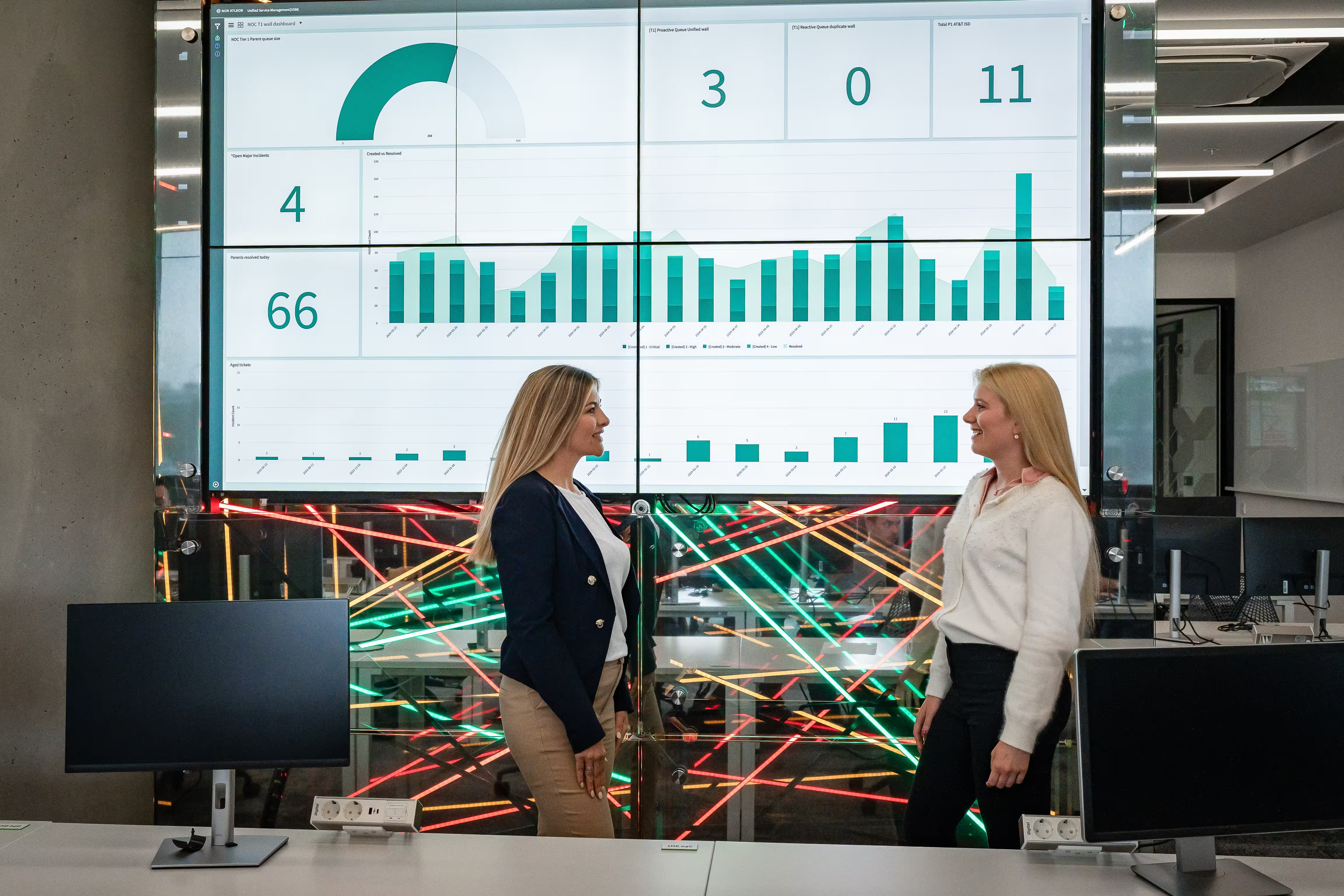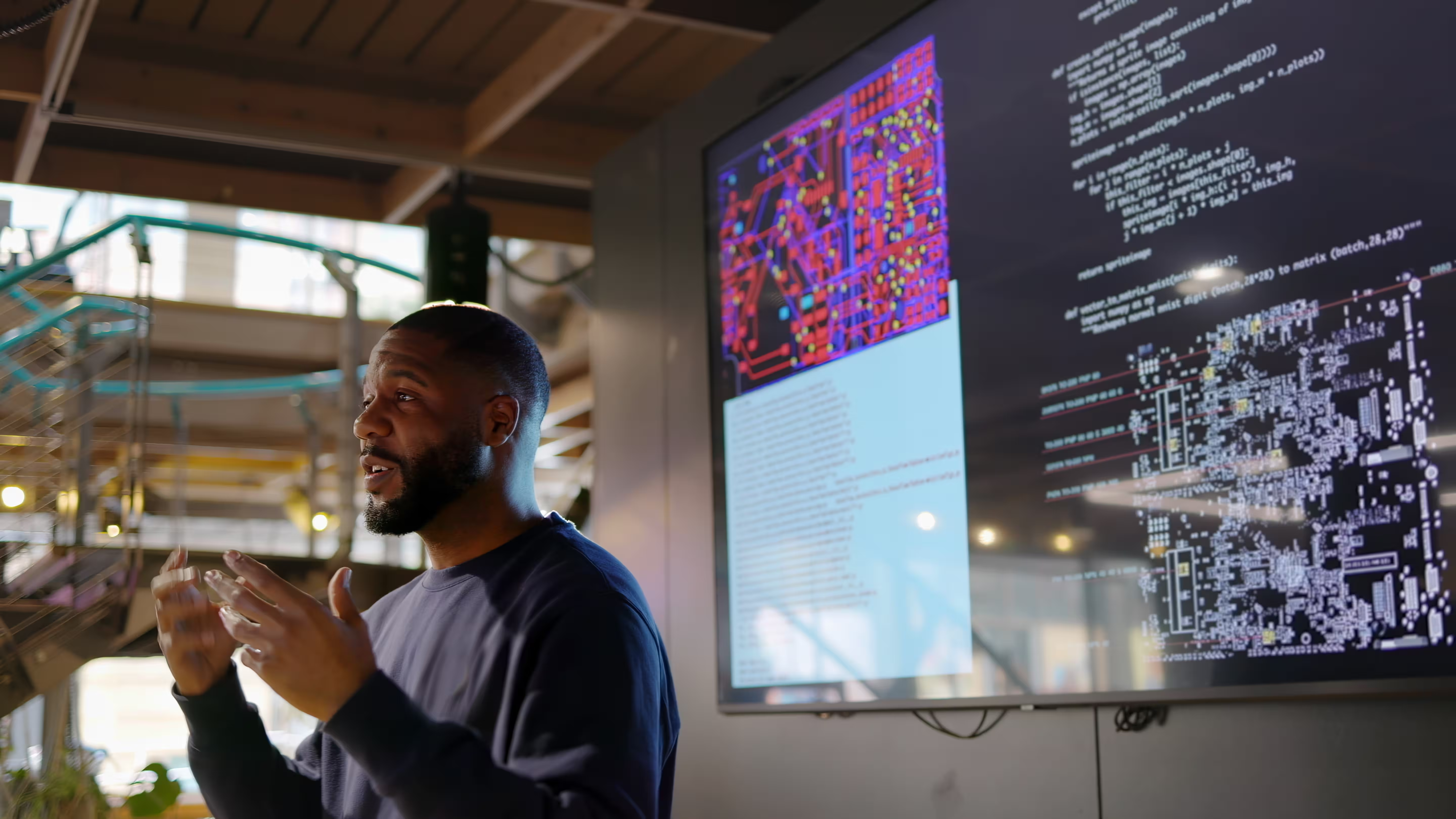How UK building societies can expand their reach and stay current with new technologies
With nearly £500 billion in assets under management, building societies are a central pillar of the UK financial system. While they provide similar services to the multinational banks that serve the country, building societies are generally regional institutions, with deep ties to the communities they serve.
From the beginning, building societies have been about helping and making an impact in the local community. Started in the late 1700s, building societies would be formed and dissolved as necessary to help members purchase land to build homes on, and would do so by pooling their funds. Eventually the societies realised there was more they could be doing to help their members; enter the permanent building societies. Permanent building societies were created in the mid-1800s as a safe place for members’ savings and the movement took off.1
The focus on creating positive impact for members of a building society has stuck around. Today, 90% of staff at building societies believe they put customers first2, and 72% of members agree that building societies are a pillar of their local communities3 – both significantly higher rates than major banks. With this huge advantage in public perception there is a fantastic opportunity that building societies can take advantage of to grow their business in the UK beyond just their existing user base.
Foundations for expansion
Building societies have been able to create this advantage despite technology platforms that lag far behind the mainstream banks, so to truly leverage this advantage there is first a need for investment in modern technology platforms to meet the rising expectations of existing and new customers. Building societies are traditionally heavily branch-focused, with only 18% of the top building societies having a mobile app for their members, and internet banking often lacking in capability4. Internally, 90% of building societies rely on legacy technologies4, limiting their ability to increase mortgage volume or implement new technologies such as the ability to provide members with personalizations such like automated savings plans, custom financial wellness resources, or product and service marketplaces matching specific member needs. If building societies make investments in modern banking technologies, they will be able to take the next step in growing their membership.
Who building societies can reach
One niche that building societies have traditionally taken advantage of is acting as a specialist lender to non-traditional borrowers (first-time buyers, those with complex incomes, or those with a less straightforward credit history)6 in their community to make up for a less competitive mainstream offering that does not offer the same margins.
For example, Becky, who had a bump in the road a few years ago with her credit, but has grown and moved past it well, and is looking to purchase her first home with a mortgage from her local building society. She is early in the home buying process and is not fully aware of the costs and responsibilities of home ownership, including the complexity of the mortgage process and other costs like home insurance, moving, maintenance, and potential renovations later on.
Building societies can leverage their close member relationships to foster conversation and personalized support for members like Becky by combining their long-time industry expertise with new technology investments to create a variety of services and products that meet their members’ needs. For example, they could work with Becky to create a personalized savings plan, give her advanced mortgage process support, and connect her with customized marketplaces with the best products, partner companies, and contractors to meet the demands of home ownership during the buying process and after her purchase is completed. By extending the type of support home buyers like Becky can receive, building societies can give back to their communities by tackling complex issues around home ownership while also growing their most profitable lending segment.
Another specialty mortgage segment building societies can better support is buy-to-let (BTL) landlords. Meet Stuart, who purchased two flats several years ago to rent out as an additional source of income. He knows that the EPC certificates he secured are expiring soon, and that the minimum energy efficiency standards that must be met by landlords have been updated to be stricter starting in 20257. For landlords like Stuart, it can be challenging to figure out how to track progress toward those standards8. Building societies can support local BTL landlords by creating a marketplace of relevant products that will improve the energy efficiency of a home and create customised financing options for large purchases that can help incentivize further progress. They can focus this on the local community and maybe even help facilitate access to certified EPC assessors when Stuart is ready to renew his certification at the updated minimum level.
Building societies can further support landlords like Stuart by incentivizing sustainable practice adoption with discounts and rewards and creating a culture of collective investment in the community, where members can discuss sustainable living and the best ways to improve their properties. By helping landlords create a greener future for themselves, building societies also create a brighter future for their community.
In addition to their various mortgage management services, building societies also have the opportunity to improve support for those with complex financial situations in their communities by providing financial wellness resources to these members. Meet John, who is trying to build a career selling his artwork online and drives for Uber to supplement his income. Because he doesn’t have a consistent income, it’s challenging for John to manage his money and save for his future goals. By combining technologies with Open Banking data, building societies can help non-traditional income earners like John better manage their money by tracking spending habits, helping them create personalized savings plans around their goals with automatic savings pots, tailoring recommendations to help members increase their financial wellness, and giving access to simple and relevant financial education through online platforms or branches. In addition, they can support these members with access to financing that may not be easily available to members otherwise to create opportunities for them and within the community that may have never happened without building society support.
Finally, building societies can also help other groups underserved by mainstream financial institutions in their communities like young savers and those over the age of 55. Each group has unique needs related to their life stage.
Danny, is a conscientious teenager who is interested in starting to save money for a new car. He needs help setting up his account, and introductory resources for money management and goal setting so that he can begin to save. His local building society helps Danny and his parents create an account tailored to his needs as a young saver, with simple features and content that can help him build savings with automated savings pots that make it easy to separate saving from spending. As Danny’s knowledge and experience improves, his account can evolve alongside, and he can then use new resources like a marketplace with additional relevant financial products or more advanced financial education that helps him begin working towards more mature long-term goals.
A similar age-friendly service can be customised to the needs of older (55+) building society members who may not be as tech-savvy or aware of how to plan for life events approaching them. Imagine Jane, she’s in her early 70’s, not nearly as tech-savvy as her children or grandchildren. Jane keeps accounts with her local building society because she appreciates the focus on community and the traditional branch experience, and she wants to make sure that her and her family are taken care of as she continues to age. Building societies can provide a simplified digital onboarding process with alternative security options and ways for caretakers (like Jane’s children) to help, simplified deposit processes, and situation planning for retirement and end-of-life scenarios, all aided by education resources and personalized service from their building society can improve the financial well-being of many older community members like Jane who would normally face a dearth of age-relevant services.
Pillar of the community
To connect with new types of potential members, building societies must invest in new resources to meet their needs and turn the challenges they face today into growth opportunities, preparing them to meet the expectations of their members and remain a thriving centre in the communities they serve.
Sources
1 A history of building societies – from 1775 to present - Suffolk Building Society – June 2022
2 Ownership matters - Organisational culture in building societies (bsa.org.uk) – June 2022
3 Guest blog: Regionality, a driving force for most building societies (bsa.org.uk) – June 2022
5 UK Building Societies Pressured by Competition and Rising Costs (fitchratings.coom) – June 2022
6 How building societies compete in the mortgage market - Strategy & Commercial Consultancy Whitecap Consulting – June 2022
7 What is the EPC Band C Rating and How Can Landlords Ensure Their Properties are Compliant? | Tod Anstee Property Consultants – August 2022
8 Buying or selling your home: Energy Performance Certificates (gov.uk) – August 2022
Let’s explore what’s possible for your business. Our team is ready to connect and discuss tailored solutions that meet your goals.
Thank you for reaching out. A member of our team will be in touch shortly to continue the conversation.






%20(1).jpg)





%20(1).jpg)

%20(1).jpg)




%20(1).jpg)
%20(1).jpg)
%20(1).jpg)

%20(1).jpg)
%20(1).jpg)
.jpg)
.jpg)
.jpg)
%20(1).jpg)
.jpg)
.jpg)
.jpg)




.jpg)
.jpg)
.jpg)
.jpg)
